Pez created all your favourite 90s rave artwork
Here's a selection of his best work ahead of a new exhibition
In the rave explosion of the 90s, it wasn’t just DJs and producers ripping up the rulebook. A new style of flyer artwork emerged to give this future music a visual aesthetic that was equally fresh. The rave flyers, with their hyper-realist cut 'n paste of science fiction fantasies and utopian dreams were like a secret, dayglo language, a way for the underground to identify itself against the drabness of the mainstream.
While loads of rave flyers were done by enthusiastic amateurs with a party to promote, the scene also had a couple of dedicated stars whose art was every bit as psychedelic as the counter culture artists of the 1960s. Pez was one of those stars, an artist and full-time raver who put together flyers for legendary UK raves like Helter Skelter and Biology, his work ending up decorating the bedroom walls of kids throughout the UK.
Now, for the first time, Pez is having his original art work gathered together for an exhibition called The Rave Story, showing at The Aquarium, Old Street, from Feb 24-26. Mixmag caught up with him to talk about a career he’d never planned to have…
How did you get started as an artist?
I was a graffiti artist from 1986. When the Henry Chalfant book Subway Art came over documenting all the graffiti art and subway art in America, I got into the art. I had no real interest in it before that, I was quite good at it at school but never thought I was going to be an artist.
And how did this switch to the rave scene happen?
I was living in Southend-on-Sea. I’m Hackney born but ended up out in Essex. If you trace it back, a lot of the party people – people who put on the raves or were criminals – came from Southend. We had a bit of graffiti going on and a bit of club culture down there, then the house scene just exploded. I came out of one of the first Biology parties and someone handed me a little photocopied flyer and I said, "come on, what’s that? I could do better than that." And that was how it started. I went back and saw Biology and said, "I want to do your next flyer" and just threw myself in. I did Helter Skelter, World Dance, Rain Dance, all the big ones. There was really only one other artist that was doing it as a living at the time, Junior Tomlin. We were the only people that were London-based artists who were doing the flyers and going out on the scene at the same time.
The iconography of your flyers seems so different to graffiti art up to that point – you were doing these insane cosmic scenes, where was it all coming from?
I was looking to disturb people more than anything else. We knew what state our audience was going to be in. When someone comes out of the club and gets shoved a piece of paper, it’s you’re only opportunity to capture the attention of someone who’s out of their head.
Then the competition got more intense, because all the promoters wanted their events to look a bit more polished, a bit cooler, and more professional than the last one. So things evolved weekly and every promoter wanted a better flyer than the last one. This then became my problem because I had to produce a different and better flyer week in, week out; everyone wanted more detailed, more sexy.
I was getting influenced by FHM and whoever was sexy at the time, like Heidi Klum and Monica Belluci are both on my flyers. A lot of time I’d take an FHM photo shoot then redraw it on the canvas and then paint it with all the other things we wanted to see, a bit spacey, a bit Escher-y, a bit Dali. They were all hand drawn and painted, I went through college when Photoshop was just coming in – if I’d have been born 3 or 4 years later I would have been learning on Photoshop. But I’m quite pleased, now I’m older and everyone is editing their photos, I’ve got that technique where I can just do it by hand.
Is it fair to say you were trying to make art that matched the futurism of the sounds you were raving to?
It felt like a big secret. Everyone had come back from Ibiza and was starting to have these little clubs everywhere and we wanted to have a little bit of artwork that spoke to us. It was like we were in the know, everyone else was drinking beer and beating each other up, we were escaping and finding a little niche to be all nice to each other, which was a bit weird at the time.
There’s a few anecdotes from my time that are quite important, I suppose. Like, for example, Trevor Fung and Colin Faver were the resident DJs at Rage and one week they got a gig abroad, so Kevin Millins, who was running Rage at the time, turned round and said, "well who are we going to put in the main room?" Fabio and Grooverider had been playing the upstairs room for ages at this time, playing drum 'n' bass, although it wasn’t even called that at the time. I said, "well, stick them in the main room", and he was like, "nah, they’re not big enough, they won’t fill it", so I said, "well, give ‘em a chance, it’s just one Thursday night." So me and my friends made sure that that Thursday was a really mad night and everyone was in the club, it was a really good atmosphere. At the end we were standing on the podiums shouting “one more, one more” – the police were really strict on the club about going over time, you weren’t allowed to play past 3am. So we started shouting "Raymond, one more!" Raymond is Grooverider’s name - no one knew his name, he was really protective of being called Raymond. I mean, not very glitzy is it? Anyway, he stuck one more tune on. Kevin Millins came out of the office, horrified because they’ve broken the golden rule. He’s come up to the DJ box to pull the plug, and then he sees how mad the club is going and he’s let them play half a dozen more tunes, so they’re playing 'til half 3 or something. And that was it: Colin Favor and Trevor Fung came back and they didn’t have the main room anymore. And that’s the beginning of Fabio and Grooverider’s climb to Radio 1. Just one night. It was mental.
The Rave Story exhibits in London later this month

Mixmag will use the information you provide to send you the Mixmag newsletter using Mailchimp as our marketing platform. You can change your mind at any time by clicking the unsubscribe link in the footer of any email you receive from us. By clicking sign me up you agree that we may process your information in accordance with our privacy policy. Learn more about Mailchimp's privacy practices here.

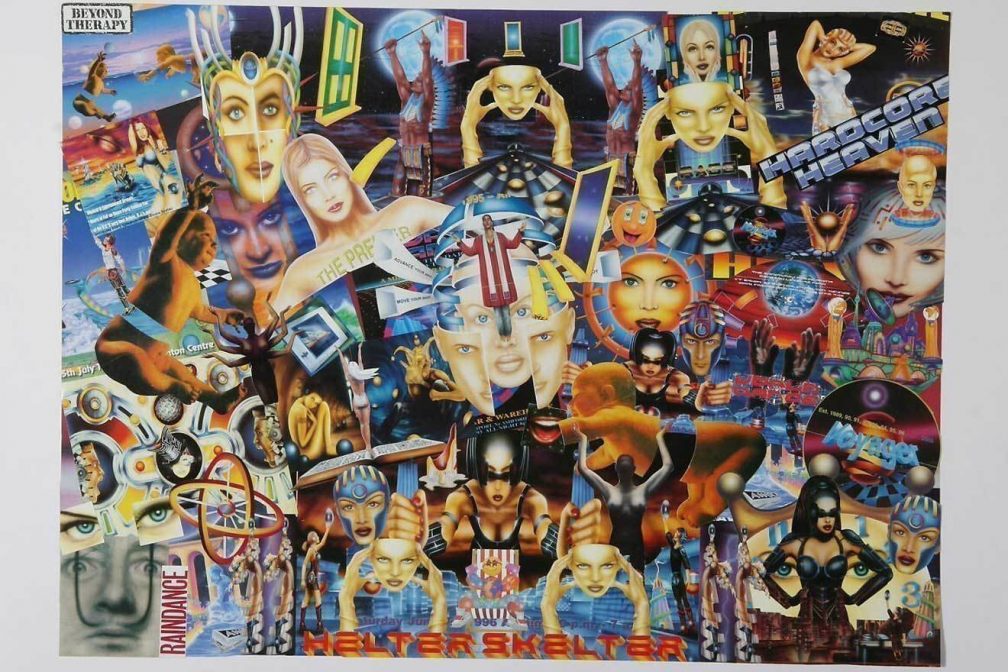

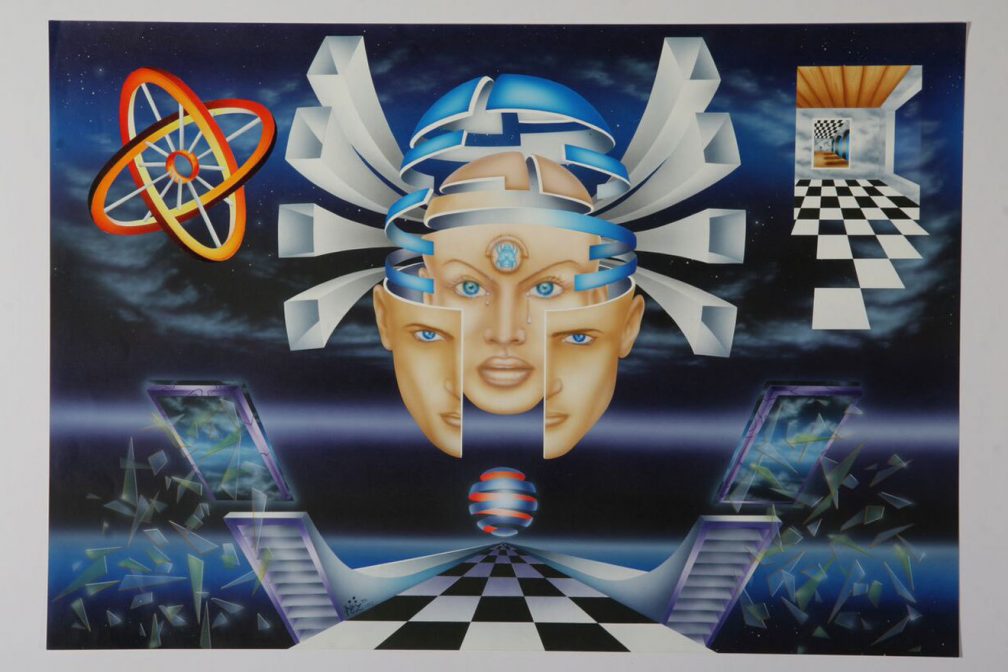
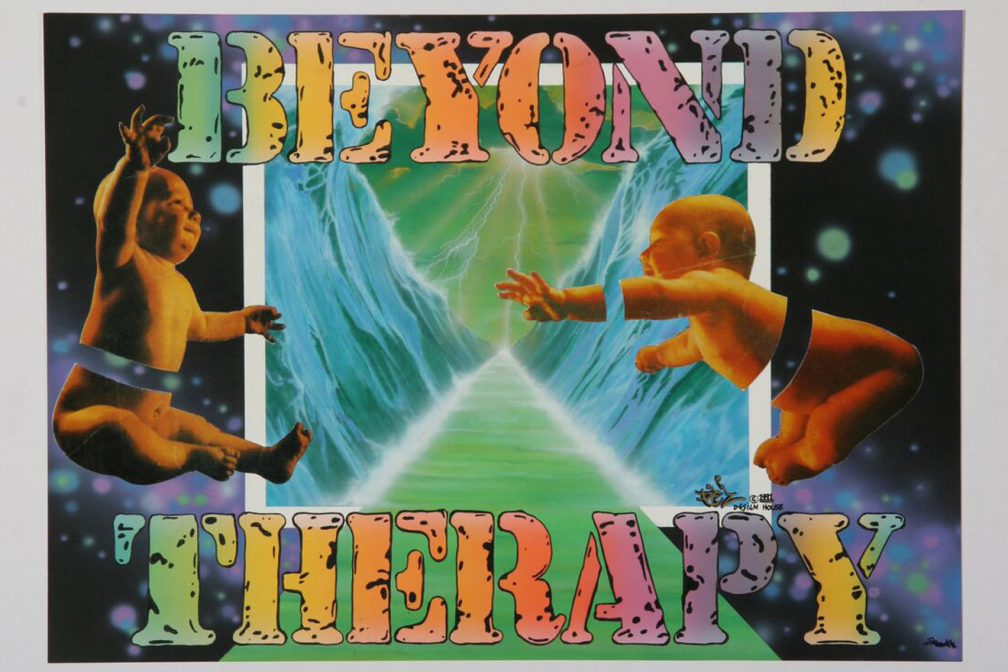
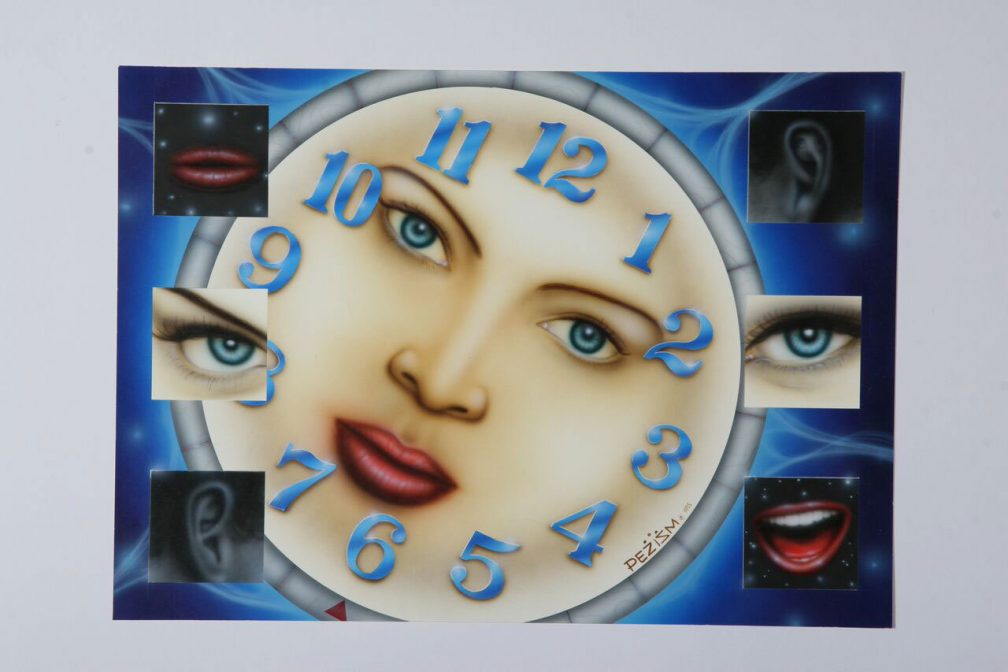
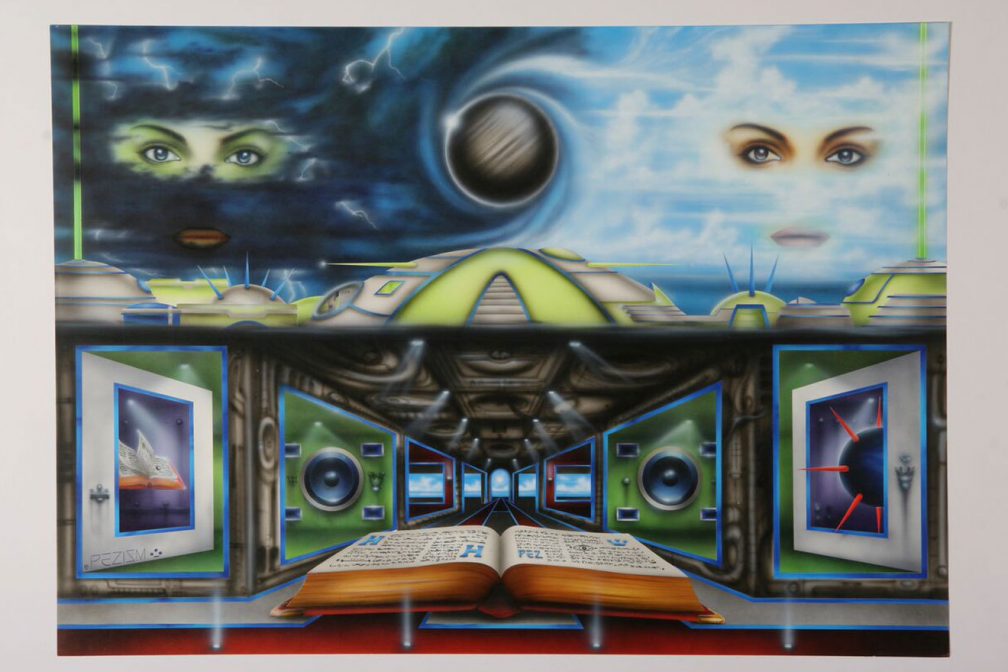
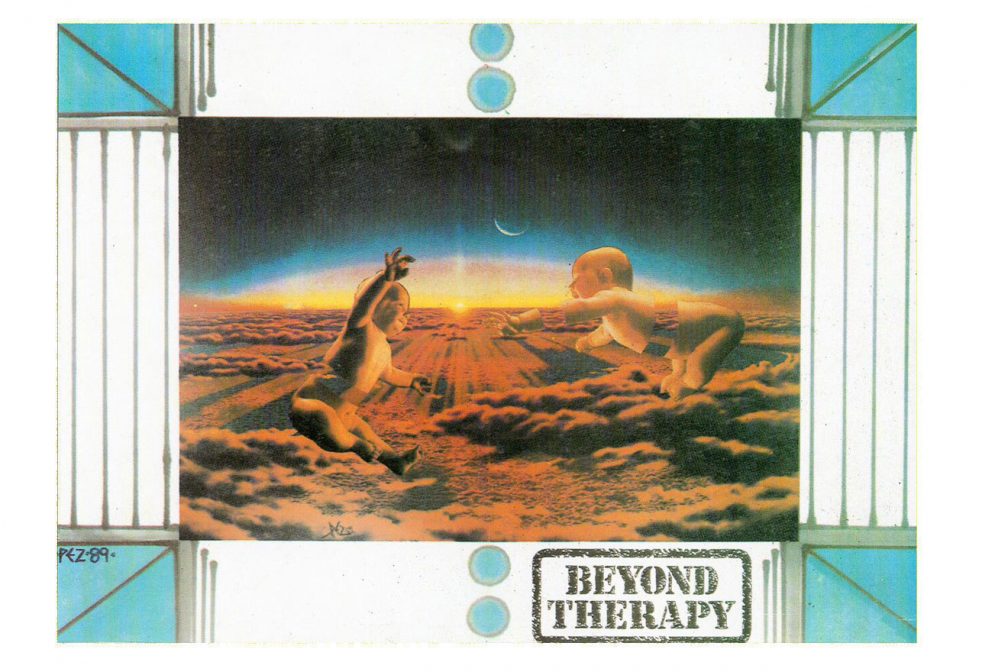
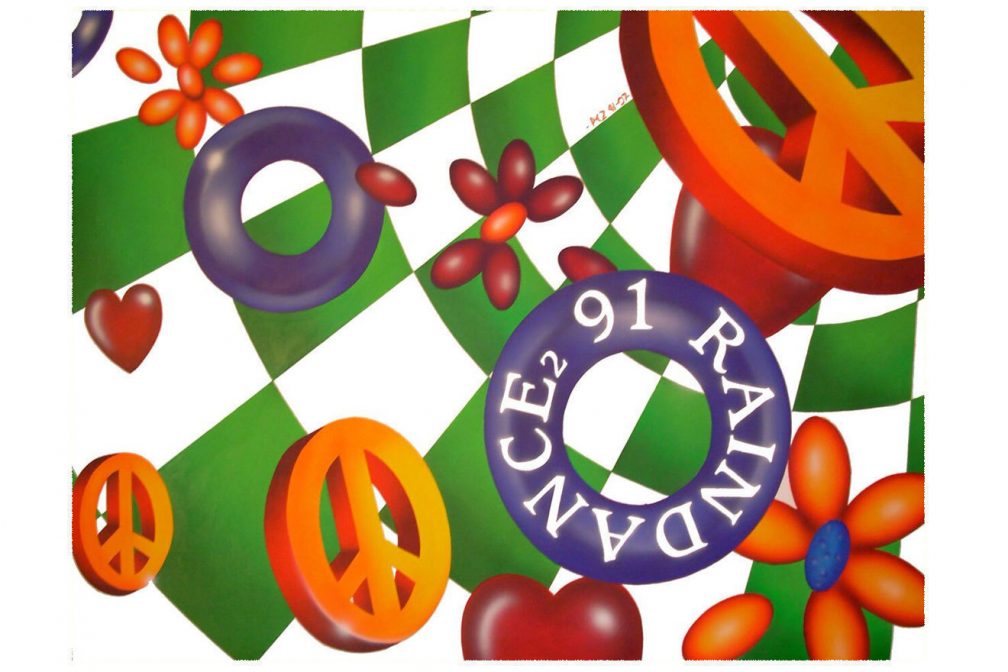
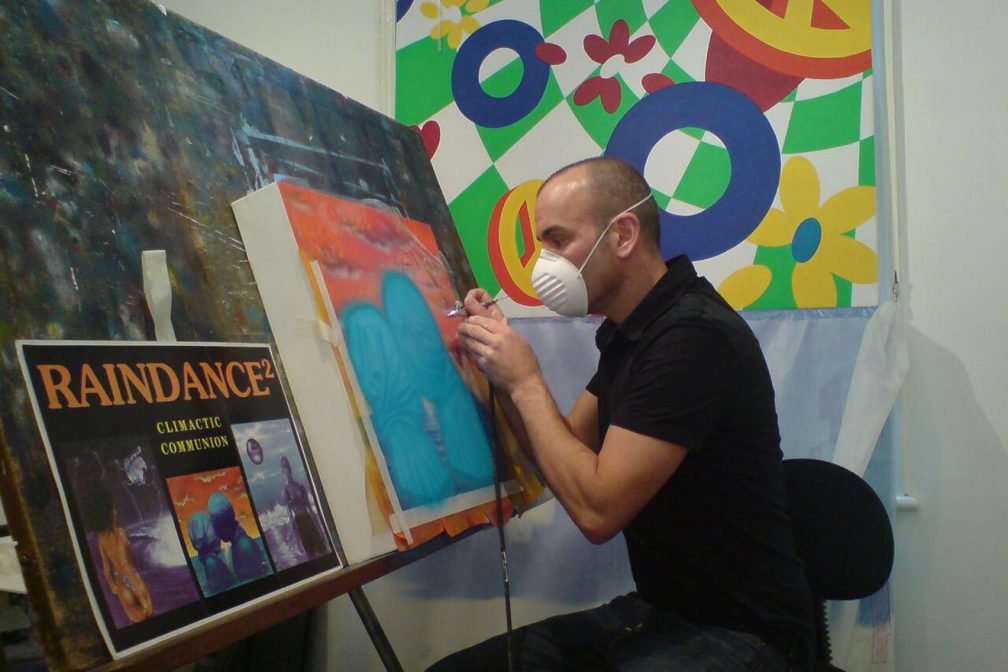
 Mark Ronson hospitalised after suffering injury during DJ set
Mark Ronson hospitalised after suffering injury during DJ set
